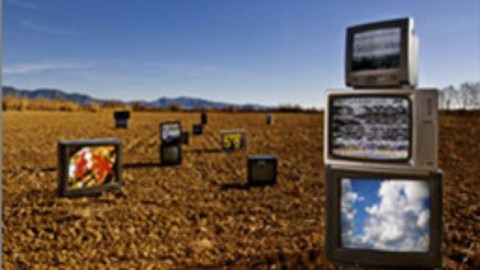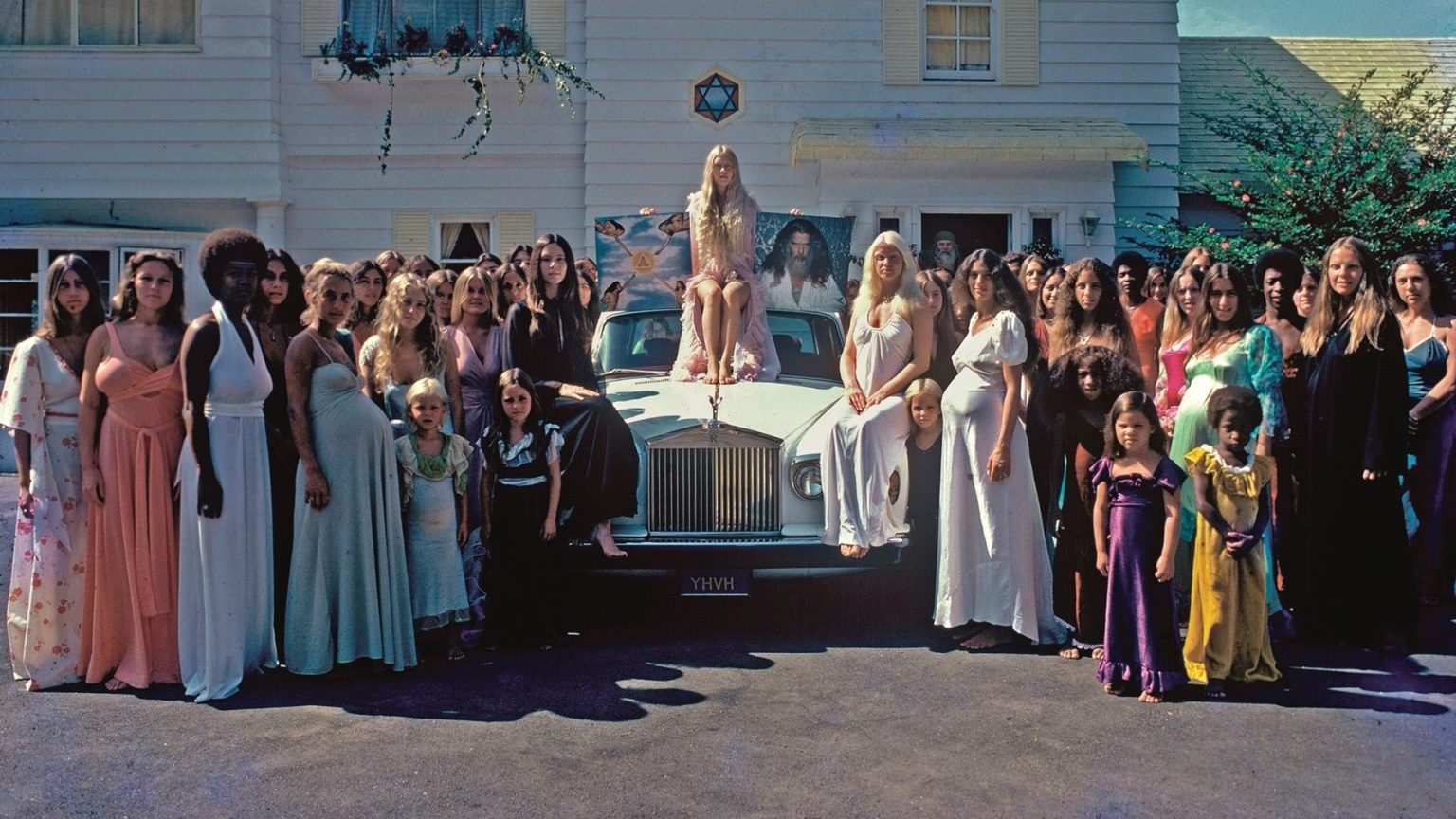Climate Change in Primetime: Can an Entertainment-Public Health Model Be Applied to Viewer Education?

At Grist this week, David Roberts features a deeply valuable interview with Sandra de Castro Buffington, head of the Hollywood, Health, and Society project at USC. She discusses the project’s work in linking health experts with screenwriters for TV programs such as House and Grey’s Anatomy. The goal is to encourage and enable screenwriters to embed public health related information, or even better, major storylines in primetime programming, promoting beneficial health-related knowledge, belief, attitudes, and behavior among audiences.
The question that Roberts raises — and one further explored by Andrew Revkin at the NY Times’ Dot Earth — is if this same model can be applied to climate change. The research related to health suggests that storylines and embedded scenes specific to energy choices and behavior — or to adaptation related behaviors such as coping with extreme heat or lung problems — are likely to be influential and beneficial.
Developing programming that shapes overall risk perceptions and the perceived policy urgency for climate change is a much more complex topic to consider, especially given the political values and identities that have become strongly linked to the climate debate. In the comment section to his post, Revkin has elicited thoughts from an email discussion of various experts, several noting this challenge.
In collaboration with Anthony Dudo, a doctoral student at the University of Wisconsin, I recently completed a comprehensive review of the literature on the portrayal of science-related issues and topics in entertainment, the role of scientists and other experts working as consultants on programs and films, the impact of these portrayals on perceptions and attitudes, and the potential for entertainment to be used as an educational tool both in formal classroom settings and informally for viewers at home.
The effort was in support of the National Academies’ Science & Entertainment Exchange, an initiative launched to connect scientists with entertainment producers.
There’s much to this topic to consider and various important dimensions to the relevant research and questions that should be addressed in pursuing entertainment initiatives. One consideration I shared in the email discussion that Revkin convened was the difference between influencing short-term attitudes or decisions and encouraging more elaborate learning relative to the complex scientific, social, and political dimensions of an issue such as climate change.
The two goals require in part different considerations about narrative. Here’s some of the thoughts that I shared with the email group of experts based on the recent review of the literature:
When considering collaborations between scientists and screenwriters, research suggests that the relationship between the overall narrative and the embedded scientific content matters to learning and other outcomes. As educational researcher Shalom Fisch, former director of the Sesame Workshop reviews in an article at Media Psychology, when viewers process film or TV content, they are constrained by the limited capacity of working memory. Unlike reading, watching TV draws on both visual and auditory information simultaneously usually in a context that is not self-paced i.e. the viewer is not able to go back and review content they did not understand. (Today, with DVR, many viewers can self-pace, going back over science-related scenarios, but this requires the strong motivation to do so.)
As Fisch discusses, with limited capacity to recognize, access prior knowledge, draw inferences, and remember content, film and TV viewers are pulled between simultaneously paying close attention to narrative and any embedded science-related content. For a number of different reasons, viewers default to devoting closer attention — and effort– to comprehending narrative rather than potentially educational content. As a result, concludes Fish, when educational content is tangential or distant from the central narrative of a program, comprehension of the educational content is likely to be impaired.
Fisch has conducted his research on educational programming produced for television, but the same principles are likely to apply to use of fictional film and TV. As an example of close proximity between educational content and narrative, Fisch discusses an episode of “Square One TV.” In this episode, the narrative featured mathematical detectives who helped a boy find hidden treasure by figuring out a series of puzzles which relied on applying a series of numbers called Fibonacci sequences.
Relative to fictional film and TV, close proximity between narrative and educational content might occur as part of a crime or science fiction thriller where the characters’ quest turns on a consistent application of a scientific concept. In this regard, a leading example would be Jurassic Park, a film where concepts introduced early to the plot such as chaos theory and the avian, intelligent nature of dinosaurs are then applied by the characters as they navigate the challenges presented across the film.
A large distance between narrative and educational content typically corresponds to scientific information that is embedded in dead-end events, i.e. that do not forward the story. Fisch uses as an example a program about learning to play a musical instrument that included information about musical vibration. As Fisch discusses, the two topics are not integral to each other since playing an instrument does not require understanding musical vibration.
Applied to fictional TV programming, much of the work using entertainment TV to promote health awareness and behavior change – such as embedding a short scene about HIV in an episode of ER — would fall into this category. While the embedding of these scenes might have immediate heuristic effects on awareness by making more accessible certain risk considerations or through the social modeling of safe sex behavior, this approach is not likely to be a well-suited approach for promoting deeper audience understanding of a complex concept or for educational use in a classroom setting.
Overall, the implication is that in creating or choosing fictional films, TV programs, or video games to use in a classroom setting or for general public education, teachers and media producers should pay close attention to the distance between the central narrative of the film/program and the embedded educational content or example. The less distance there is between the two, the more likely that learning outcomes will be met.
See Also:
Investing in Civic Education About Climate Change: What Should Be the Goals?




